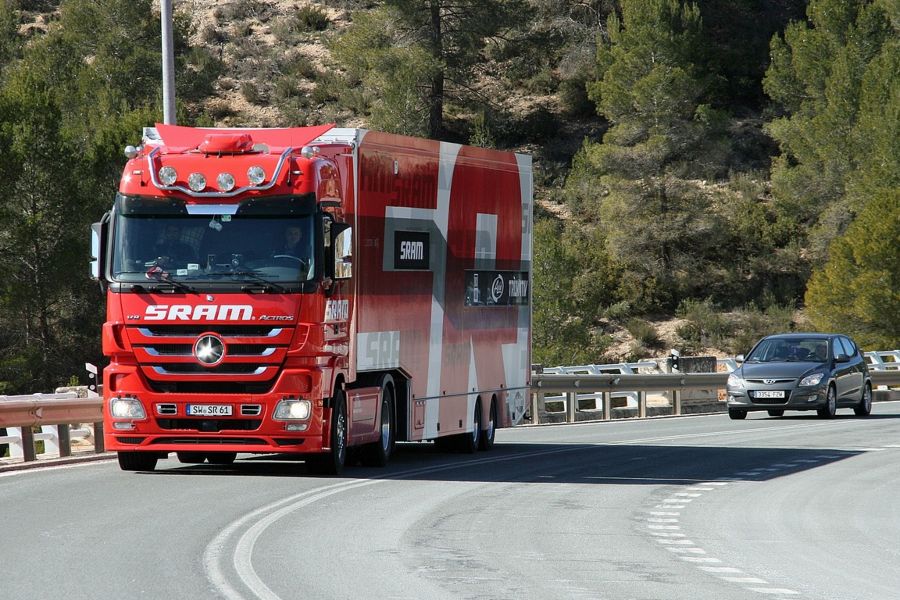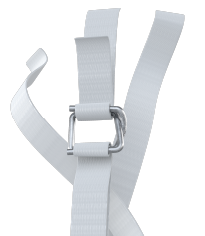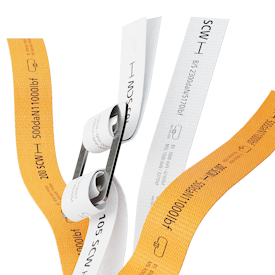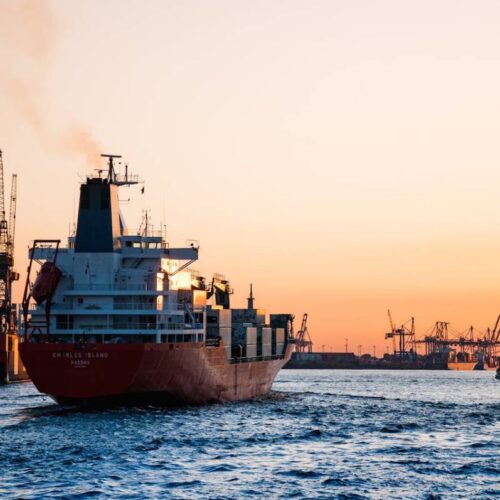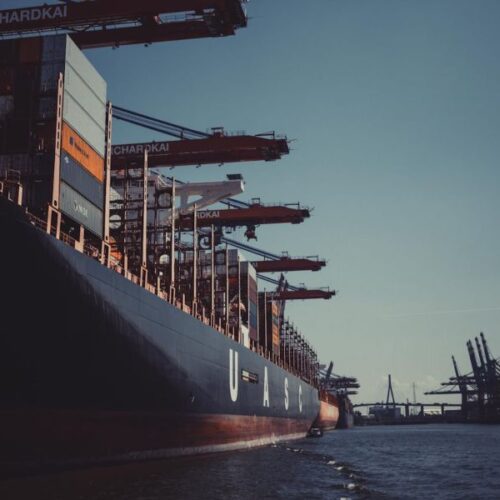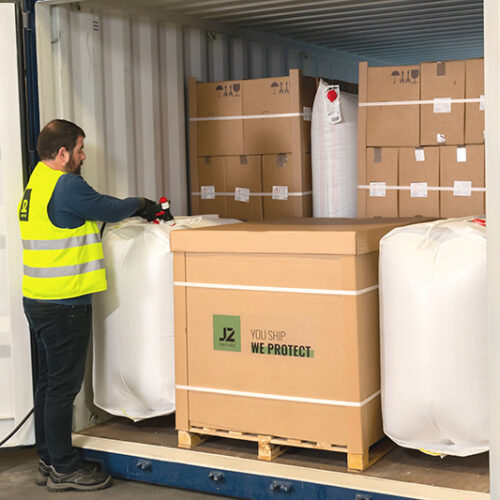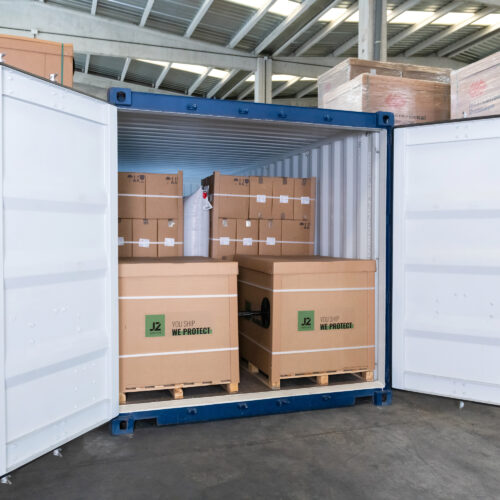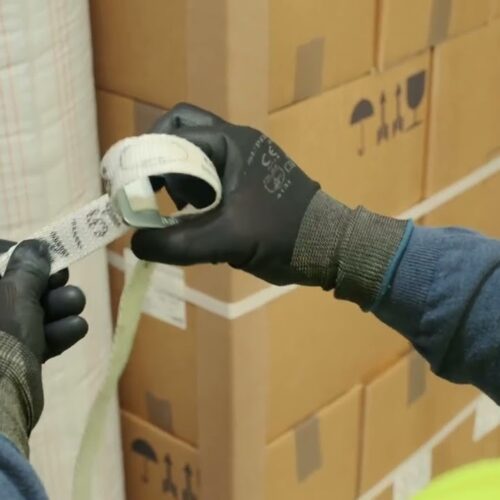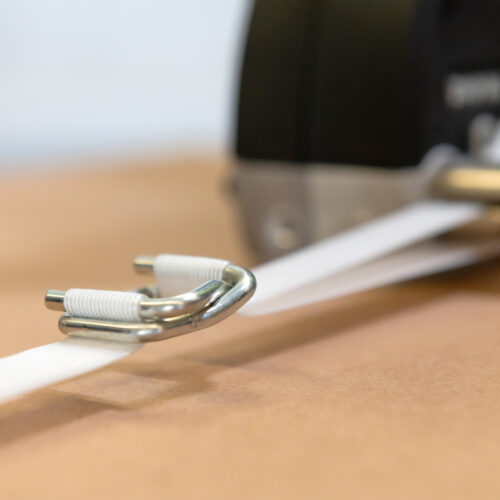Correct packaging, stowage and securing of goods is essential to ensure the safety of products during transportation and to avoid damage or accidents that can have serious economic repercussions. However, on many occasions, mistakes are made that jeopardize the integrity of the goods and the safety of the people involved in their transportation. In this article, we will highlight the most common errors in the stowage and securing of goods and offer practical advice on how to avoid them.
Safety first: avoid errors in stowage and securing of goods to prevent accidents
Safety is the most important factor to consider when stowing and securing goods. One of the most common mistakes is underestimating the importance of proper cargo securing. This can lead to goods shifting during transport, causing serious accidents.
To avoid this mistake, it is essential to use appropriate securing systems, such as lashing straps, inflatable bags or rubber anti-skid pads for transport. In addition, it is important to ensure that the securing elements are in good condition and are strong enough to support the load. Finally, the maximum permissible weight for each securing system must be taken into account and not exceeded.
Optimize your cargo: maximizing logistics efficiency
Efficient stowage of goods is essential to optimize space inside the vehicle and maximize logistics efficiency. One of the most common mistakes is not making proper use of available space in transport. This can lead to reduced cargo capacity and increased transportation costs.
To avoid this mistake, it is recommended to use systems to maximize the available space inside the container, such as the Corfex system, which is used to increase the cargo capacity inside the container. In addition, the goods should be organized efficiently, placing the heavier goods at the bottom and the lighter ones at the top. Likewise, the size and shape of the goods must be taken into account when placing them in the vehicle, avoiding unnecessary empty spaces.

Protect your products: how to avoid damage during shipment
One of the most common errors in the stowage and securing of goods is not adequately protecting the products during shipment. This can cause damage to the goods, which represents an economic loss for the company.
To avoid this mistake, it is essential to use appropriate packaging for each type of product, taking into account its fragility and sensitivity to certain factors, such as humidity or temperature, something you can know perfectly well by using a humidity and temperature recorder. In addition, protective elements should be used, as we have already mentioned, to cushion possible impacts during transport. In addition to those already mentioned, we can add a higher degree of assurance by using protective corner protectors, or our innovative Niupack padded goods protection system.
Regulatory compliance
Another common error in the stowage and securing of goods is not complying with current road safety and transport regulations. This can result in financial penalties and jeopardize the company’s reputation.
To avoid this mistake, it is essential to know and comply with the regulations in force in each country and sector. This includes, among other aspects, the maximum weight allowed for each type of vehicle, the maximum dimensions of the objects transported and the mandatory restraint systems. In addition, vehicles and restraint systems must be properly maintained to ensure that they are in good condition and meet the required safety standards.
We explain more about this in different articles, such as The obligations in cargo lashing and Who is responsible for loading and stowage in a truck, among others.
Save money and time: practical tips
Finally, we will highlight some practical tips to save money and time in the stowage and securing of goods:
- Plan and organize transportation in advance, in order to make the best use of available space and avoid unnecessary expenses.
- Use reusable fastening systems, which are not only more sustainable, but can also save money in the long run.
- It makes the best use of the vehicles’ load capacity, avoiding the transport of unpackaged goods or goods in overly large or heavy packages.
- Train your employees in stowage techniques and securing of goods, to avoid errors and ensure the safety of all those involved in transportation. At J2 we offer stowage courses for cargo and transport professionals. In these courses, in different modalities, we offer the necessary training for your workers to know and stow the goods according to European standards.
- Periodically check the restraint systems to ensure that they are in good condition and comply with safety standards.
As we already know, the stowage and securing of goods is a fundamental aspect in the transportation of products, both from the point of view of safety and logistical efficiency. Errors in this process can have serious economic repercussions, but they can be avoided by following practical advice and complying with current regulations. It is therefore essential to prioritize safety, optimize available space to the maximum, adequately protect products, comply with regulations and look for ways to save money and time in the stowage and securing of goods. This is the only way to achieve safe, efficient and profitable transportation.

